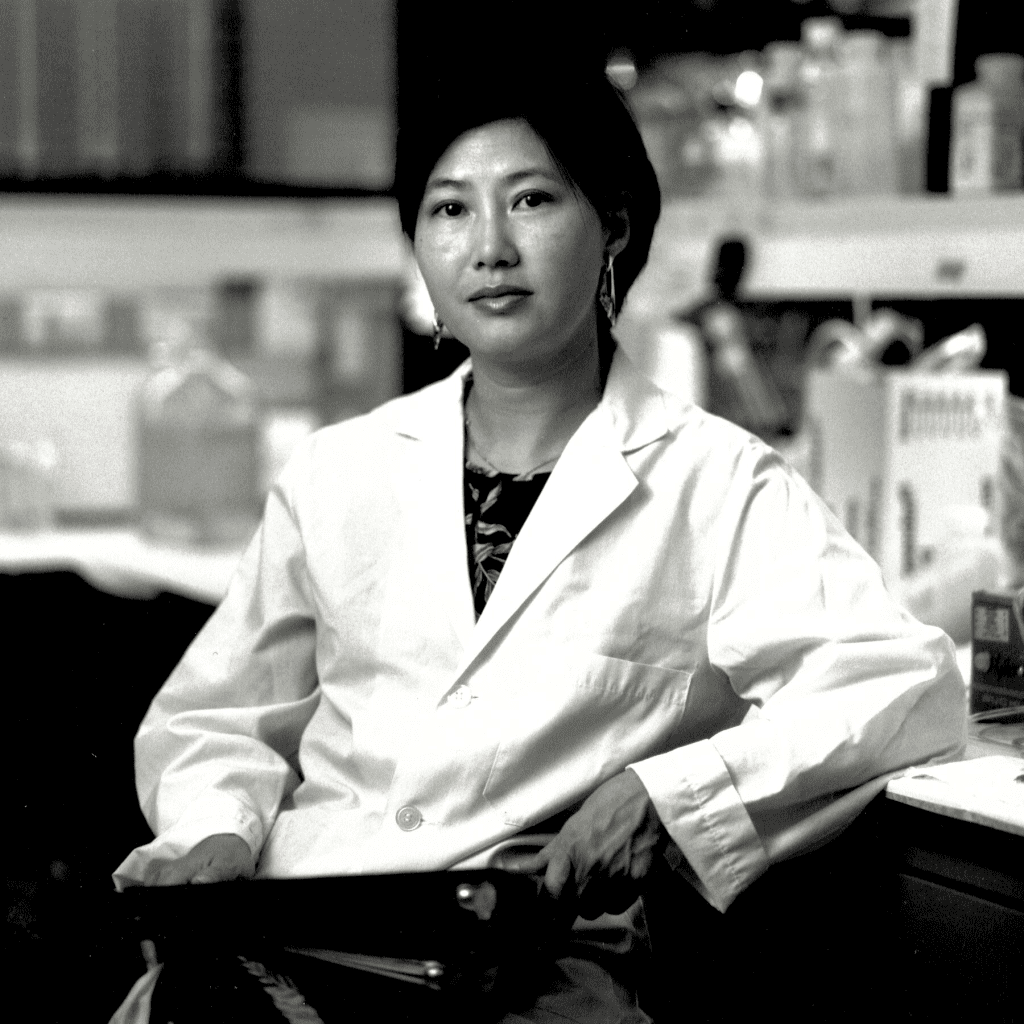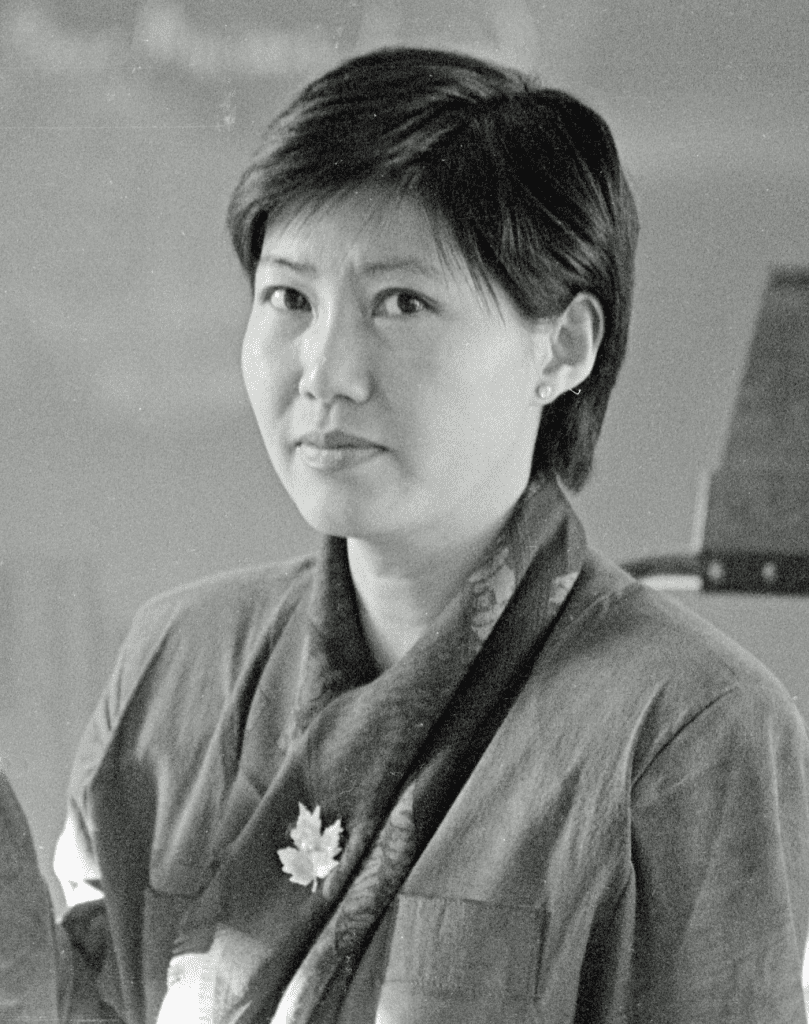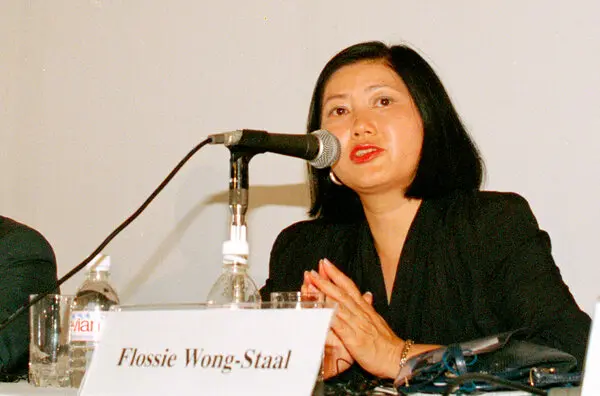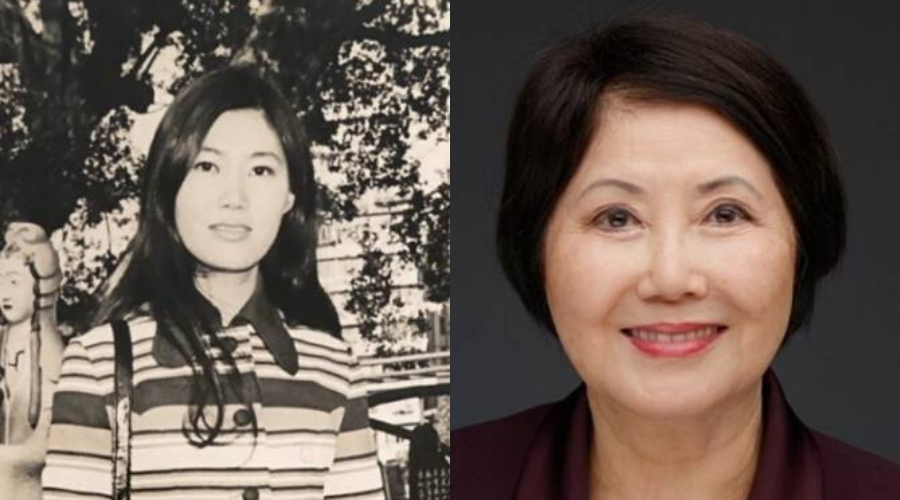In the face of a growing global health crisis, one scientist’s groundbreaking work changed the course of medical history. In 1985, Dr. Flossie Wong-Staal became the first person to clone HIV, a breakthrough that helped confirm the virus as the cause of AIDS. Her discovery didn’t just advance science it helped save millions of lives and laid the foundation for critical blood testing and treatment development.

A Journey from Hong Kong to the Frontlines of Virology
Born in Guangzhou, China in 1946 and raised in Hong Kong, Flossie Wong-Staal (née Wong Yee Ching) showed exceptional academic promise from an early age. Her passion for science led her to the United States, where she earned a Ph.D. in molecular biology from UCLA. Driven by curiosity and a deep desire to understand how viruses work, she became a virologist at the National Institutes of Health (NIH) during a pivotal time in biomedical research.

When the AIDS epidemic emerged in the early 1980s, the medical world was plunged into confusion and fear. People were dying from a mysterious illness that seemed unstoppable. The search for the cause and a potential cure was urgent. Wong-Staal rose to that challenge.
Video:
Flossie Wong-Staal: Unsung Heroes of Science 2020
Cloning HIV: A Scientific Milestone
In 1985, while working with the NIH, Dr. Wong-Staal and her team achieved something extraordinary: they cloned the human immunodeficiency virus (HIV). This process involved copying the virus’s genetic material, allowing scientists to study it in greater detail than ever before.
This breakthrough provided definitive evidence linking HIV to AIDS, which had only been suspected before. By cloning the virus, Wong-Staal enabled researchers around the world to begin developing accurate diagnostic tests and, eventually, the antiretroviral drugs that would revolutionize HIV treatment.
Her work also made it possible to screen blood supplies, a crucial step in preventing the spread of the virus through transfusions an especially dangerous risk in the early years of the epidemic.

Breaking Barriers in Science and Beyond
Dr. Wong-Staal’s contributions weren’t just scientific they were symbolic. As a Chinese-American woman in a field dominated by men, she shattered stereotypes and opened doors for women and minorities in STEM.
Her achievements earned her recognition as one of the leading molecular biologists of her generation. She later became the chair of the Department of Biology at UC San Diego and co-founded Immusol, a biotech firm focused on drug discovery.
Video:
40/40 Vision: Flossie Wong-Staal
Wong-Staal’s impact extended well beyond the laboratory. Her story became one of representation, resilience, and the relentless pursuit of truth in the face of uncertainty and stigma.
A Legacy of Life-Saving Science
Thanks to Dr. Wong-Staal’s work, HIV/AIDS went from a death sentence to a manageable condition for many. Her pioneering research directly contributed to the development of modern HIV testing, treatments, and our broader understanding of retroviruses.
Even as she continued her research into other diseases like hepatitis C and cancer, she remained a beacon of innovation and integrity in science. Dr. Wong-Staal passed away in 2020, but her legacy endures in every life saved through early diagnosis, every therapy developed, and every young scientist inspired by her story.

Conclusion: A Hero of the Lab Coat
Flossie Wong-Staal never sought the spotlight. Yet her work illuminated one of the darkest chapters in medical history. Her cloning of HIV was more than a scientific feat it was a lifeline to millions, a testament to the power of knowledge, and proof that one brilliant mind can truly change the world.
In a time when fear and misinformation ran rampant, Dr. Wong-Staal gave the world clarity, hope, and most importantly answers. Her legacy reminds us that behind every great scientific breakthrough is a human story worth telling.



